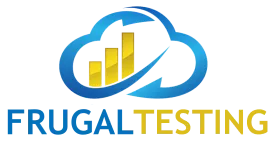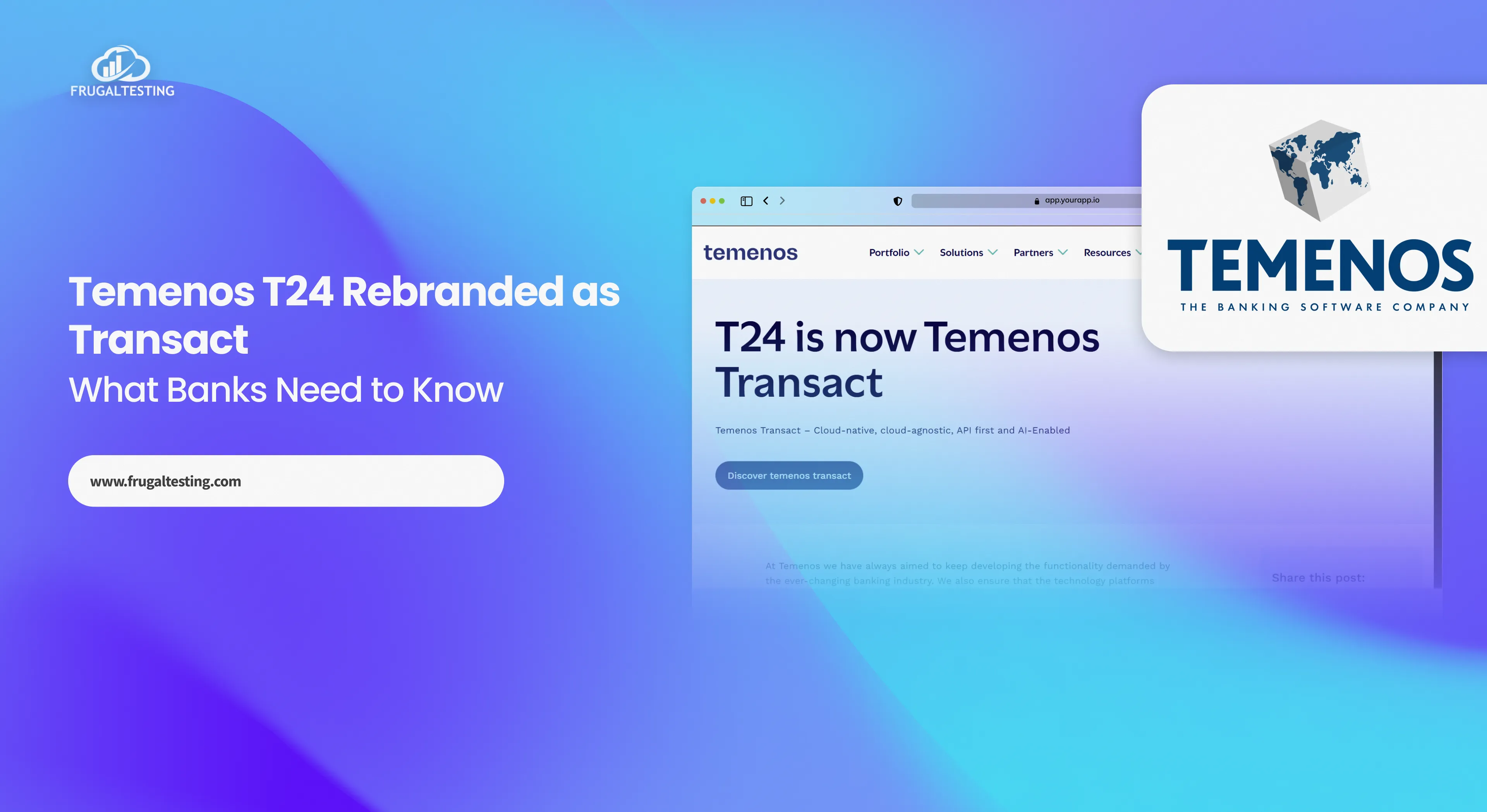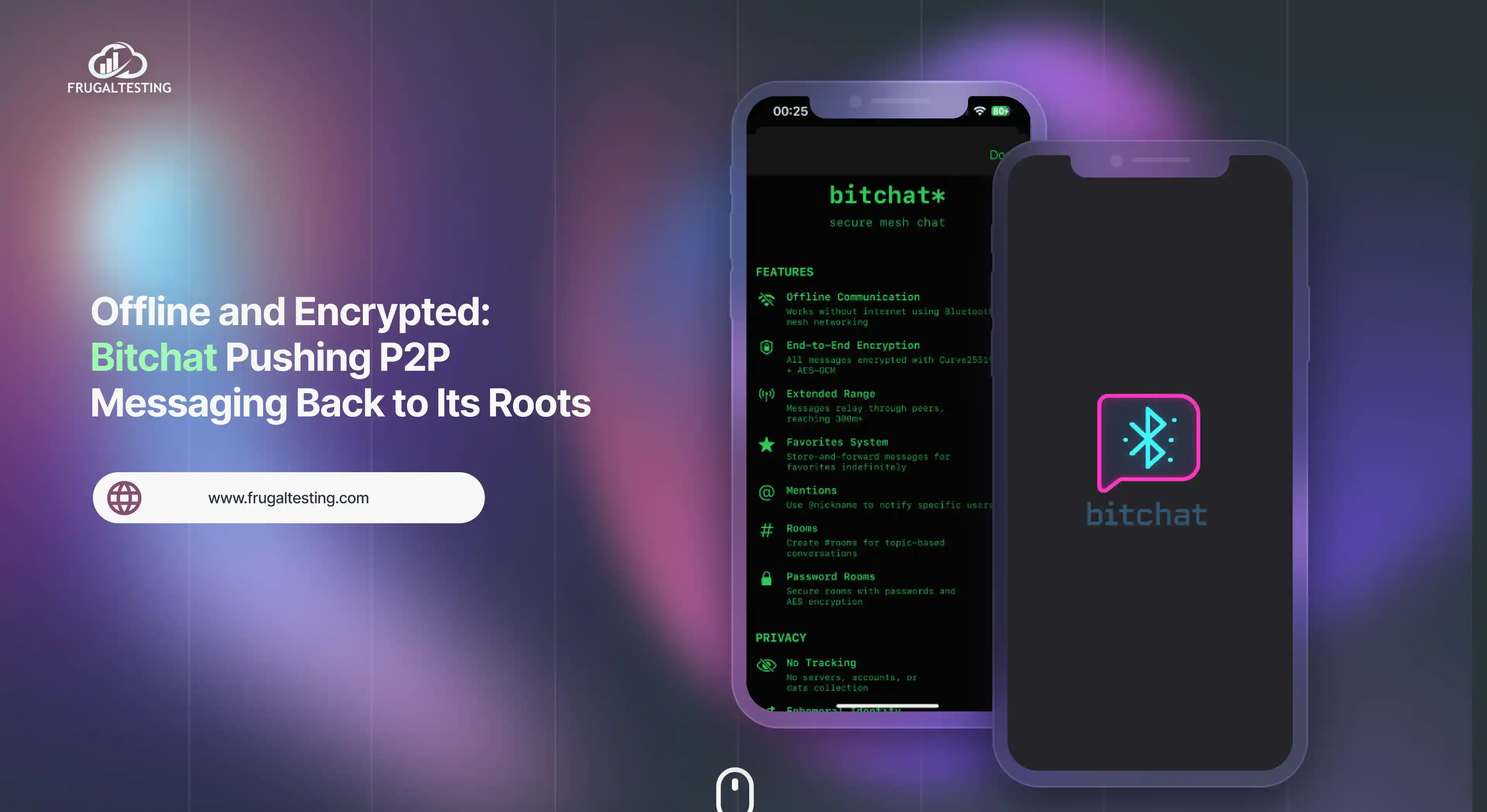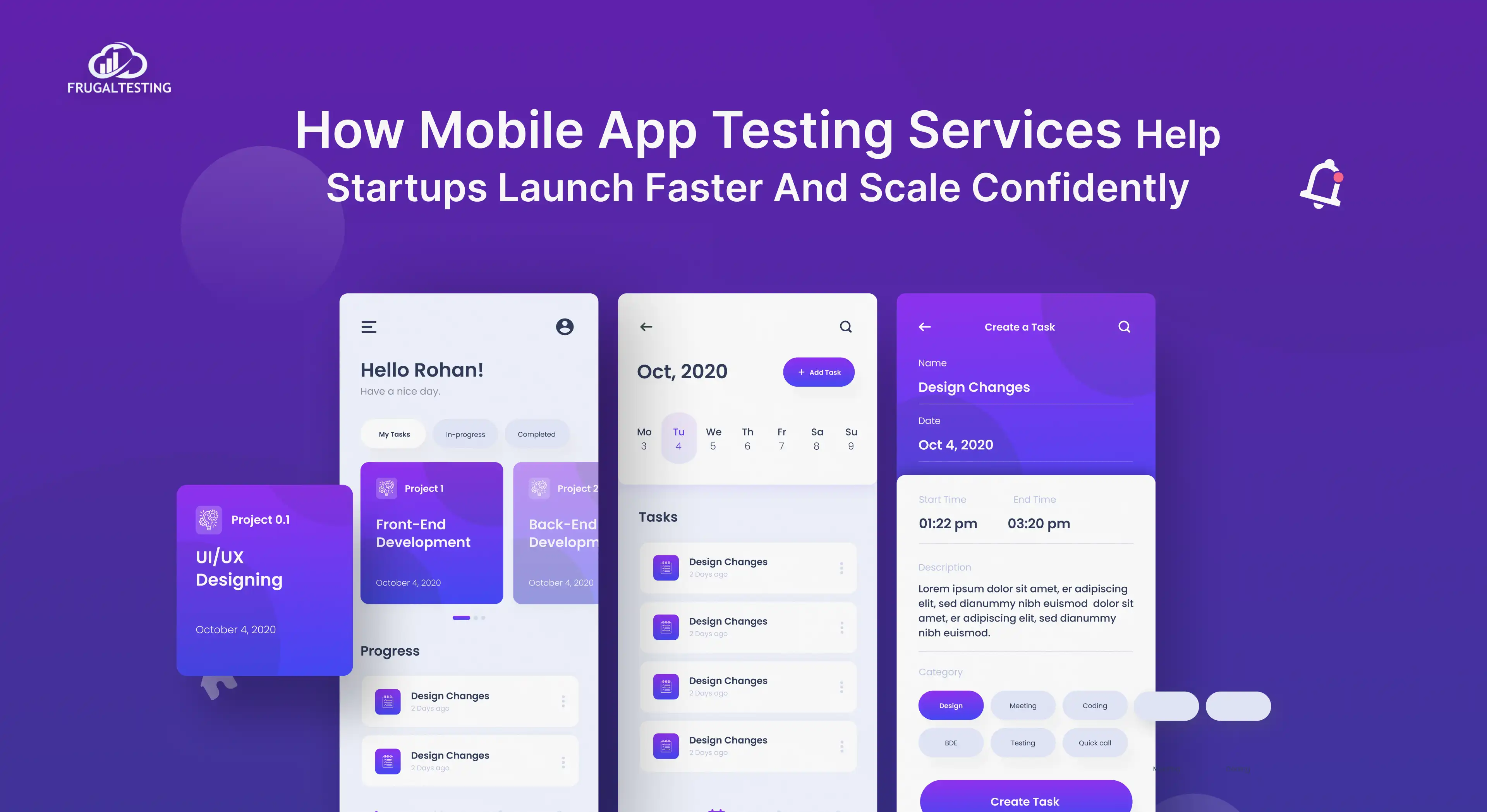Looking for a tool to manage Agile development seamlessly? Look no further than Trello! In this guide, we'll walk you through how Trello can transform your software development process. Whether you're struggling with sprint planning, task management, or team collaboration, Trello’s intuitive features are here to help. By the end, you'll understand how this versatile project management tool can boost your team’s productivity and streamline workflows. Ready to optimize your Agile processes and deliver high-quality projects? Let’s dive in and discover Trello’s full potential!🚀.
.webp)
Take a look at this image comparing the Waterfall and Agile methodologies. On the left, you can see the Waterfall approach, which follows a straightforward, step-by-step process from start to finish. On the right, Agile is all about flexibility, showing how teams can continuously test and refine their work. This difference is key in choosing the right method for your project!
Key points covered:
- How to use Trello for Agile development effectively: Learn to organize boards and tasks in a way that keeps your team aligned with goals.
- Boost productivity: Explore features like automation and integrations that make your workflow smoother.
- Sprint planning and task management tips: Understand how Trello’s tools help prioritize tasks and track progress.
- Time management insights: Discover how Trello helps you track deadlines and keep your team on time.
What Is Trello and How It Supports Agile Development?
Trello is widely regarded as one of the most popular project management tools due to its flexibility and visual simplicity. It fits seamlessly into the agile approach to project management, making it ideal for teams that need to adapt quickly to changes.
Trello’s structure supports an agile approach to software development by allowing teams to manage workflows iteratively and collaboratively.
.webp)
Trello enhances agile projects by offering the following key features:
- Kanban boards for visual task management 📋: Organize tasks into different stages, allowing teams to easily track progress and move tasks between stages with simple drag-and-drop functionality.
- Customizable cards and lists 🔧: Each card can be customized with due dates, checklists, attachments, and labels, providing flexibility to suit any project phase or requirement.
- Efficient sprint planning 🏁: Trello’s lists and cards simplify sprint planning, enabling teams to plan tasks, prioritize work, and execute sprints effectively.
- Real-time collaboration 🔄: Agile teams can make quick adjustments, assign tasks, and track progress in real time, ensuring the team stays aligned throughout the project.
- Integrations with popular tools 📡: Trello integrates with tools like Slack, Google Drive, and other project management platforms, enhancing communication and task tracking.
Why Trello Is a Popular Choice for Agile Development
Trello has become a go-to tool for Agile project management due to its ability to streamline workflows and enhance collaboration among project teams. Its simple interface allows users to create boards that reflect the current sprint, making it easy to manage actionable tasks and track progress.
.webp)
- Agile Project Management Flexibility 🔄
Trello's adaptable boards allow teams to customize their workflows, easily shifting between different Agile methodologies to suit their needs. - Enhanced Collaboration for Project Teams 🤝
With features like comments and file attachments, Trello fosters real-time communication, ensuring all team members stay informed and engaged. - Clear Visualization of Actionable Tasks ✅
Trello's visual layout makes it easy to see what tasks are in progress, completed, or yet to start, helping teams prioritize effectively. - Real-Time Updates During Current Sprint ⏱️
Team members can instantly update task statuses, ensuring that everyone has the latest information during the current sprint. - Facilitation of Team Meetings and Discussions 💬
Trello boards serve as a central hub for team meetings, allowing members to discuss progress, challenges, and next steps in a structured way. - User-Friendly, Simple Interface for All Team Members 🖥️Trello’s intuitive design means that both technical and non-technical team members can easily navigate the platform, promoting wider adoption.
Setting Up Trello for Agile Project Management
With a solid understanding of why Trello is a popular choice for Agile-based development, it’s time to dive into setting up your Trello boards effectively. Following these steps will help you create a team workspace that promotes collaboration and ensures your Agile project management is on track.
.webp)
- Step 1: Set Up the Workspace and Boards 🏢
- Create a dedicated team workspace in Trello that serves as the hub for your project.
- Set up boards for each project or sprint, organizing them based on the Agile concept to facilitate easy navigation.
- Step 2: Break Down Large Tasks into Smaller Ones 📝
- Divide larger tasks into manageable pieces, creating a clear list of tasks that can be assigned to team members.
- This approach not only makes the workload more digestible but also allows for easier tracking of progress.
- Step 3: Add Colleagues and Assign Tasks 👥
- Invite team members to the workspace and assign tasks to individuals based on their strengths and availability.
- Ensuring everyone knows their responsibilities helps maintain accountability and fosters collaboration.
- Step 4: Add All Relevant Information in Task Cards 📋
- Populate task cards with essential details, including due dates, descriptions, attachments, and checklists.
- This ensures that everyone has access to the information they need to complete their tasks efficiently.
- Step 5: Take Advantage of Its Vast Features ⚙️
- Explore Trello’s features such as labels, due dates, and integrations with other tools to enhance your workflow.
Utilizing these features can streamline processes and improve overall project management effectiveness, especially during future sprints.
Understanding the 12 Principles of Agile Development
Having established a solid foundation with Trello for Agile project management, it’s important to delve into the core principles that guide Agile methodologies.
.webp)
The 12 Principles of Agile Development form the foundation of the Agile philosophy, guiding teams to enhance their workflows and improve project outcomes. By integrating Agile tools and frameworks, teams can achieve greater efficiency and responsiveness.
These principles emphasize the importance of collaboration, customer satisfaction, and maintaining visibility into project stages to adapt to changes quickly.
- Customer Satisfaction: Deliver value to customers early and continuously. 😊
- Welcome Change: Embrace changing requirements, even late in development. 🔄
- Frequent Delivery: Deliver working software frequently to keep stakeholders engaged. 📦
- Collaboration: Work closely with stakeholders throughout the project. 🤝
- Motivated Teams: Build projects around motivated individuals; trust them to get the job done. 💪
- Face-to-Face Conversation: The most efficient method of conveying information is through face-to-face communication. 🗣️
- Working Software: Focus on delivering functional software as the primary measure of progress. ✅
- Sustainable Development: Maintain a constant pace indefinitely to promote a healthy work-life balance. 🕰️
- Technical Excellence: Continuous attention to technical excellence and good design enhances agility. 🛠️
- Simplicity: Maximize the amount of work not done, emphasizing simplicity. ✨
- Self-Organizing Teams: The best architectures, requirements, and designs emerge from self-organizing teams. 🏗️
- Reflection and Adjustment: Regularly reflect on how to become more effective and adjust accordingly. 🔍
Best Practices for Using Trello in Agile Development
Trello has become a popular tool among Agile software development teams for managing Agile projects effectively. Its visual layout and collaborative features support Agile development processes by facilitating transparency and adaptability. In this section, we will explore best practices for using Trello to enhance project organization and teamwork.
.webp)
Key Guidelines for Using Trello in Agile Workflows:
- Set Up Clear Boards and Lists 🗂️: Create distinct boards for different projects, and use lists to represent various stages of development. This helps everyone understand the workflow at a glance.
Practical Example: Set up a board called "Marketing Campaigns" with lists such as "Ideas," "In Progress," and "Completed" to visually track each campaign’s progress from ideation to execution. - Use Cards for Actionable Tasks ✅: Each actionable task should have its own card, detailing descriptions, due dates, and checklists. This keeps the team organized and focused on individual responsibilities.
Practical Example: Create a card called "Create social media content for Product X launch" with a checklist for drafting, approval, and scheduling content, assigning deadlines for each step. - Utilize Power-Ups ⚡: Explore Trello’s numerous power-ups to enhance functionality, such as integrating with communication or time-tracking tools, which can improve collaboration and efficiency.
Practical Example: Use the "Google Drive" power-up to attach key project files directly to a card for "Client Presentation," ensuring easy access for the entire team during development. - Prioritize Tasks Visibly 🎯: Use labels and due dates to prioritize tasks clearly. This allows team members to focus on high-impact items first and ensures that deadlines are met.
Practical Example: Add a red "Urgent" label to a card for "Resolve high-severity bug in checkout process" and set an early due date to ensure the team prioritizes this task during the sprint. - Conduct Regular Check-Ins 📅: Schedule regular meetings or stand-ups to review task progress and address any challenges. This fosters open communication and keeps the team aligned.
Practical Example: Set a recurring event every Monday morning in Trello to review all "In Progress" cards, discussing any blockers or necessary reassignments during your sprint planning. - Encourage Team Collaboration 🤝: Utilize comments and attachments in cards to facilitate collaboration. Encourage team members to share feedback directly on tasks to keep everyone informed.
Practical Example: On the "UI Redesign" card, ask the team to add comments with suggestions on color schemes, and upload images of design iterations to ensure all input is captured in one place. - Implement Privacy Settings 🔒: Make use of Trello’s privacy settings to protect sensitive information. This is crucial for maintaining confidentiality, especially with proprietary projects.
Practical Example: Set the "New Product Launch" board to private so only the core team working on the product has access, ensuring sensitive information doesn't leak before the official release. - Reflect and Adjust Processes 🔄: Periodically review your Trello boards and workflows. Reflect on what’s effective and what can be improved, making necessary adjustments to enhance overall productivity.
Practical Example: After completing a sprint, review cards in the "Completed" list to analyze which tasks took longer than expected, adjusting team resources or deadlines for the next sprint accordingly.
These best practices can help software development teams effectively utilize Trello, leading to improved organization and collaboration in Agile project management.
Integrating Trello with Other Agile Tools
For software teams embracing an Agile mindset, integrating Trello with other tools can significantly improve efficiency. For teams using Trello for Scrum 🏆 or other Agile development practices, linking it with tools like Jira, Slack, and GitHub enhances collaboration and task management.
These integrations help Agile software development teams stay organized, track progress, and work more effectively within their Agile workflows.
.webp)
- Jira 🐞: Sync Trello with Jira for seamless task planning and bug tracking, combining Jira's detailed issue tracking with Trello’s visual boards.
- Slack 💬: Integrate Trello with Slack to receive real-time task updates and notifications, improving team communication and collaboration.
- GitHub/Bitbucket 🛠️: Link code commits or pulls requests from GitHub or Bitbucket to Trello cards, aligning development tasks with version control.
- Zapier ⚙️: Automate workflows between Trello and other apps with Zapier, reducing manual work by automating task creation and updates.
- Google Drive/Dropbox 📁: Attach files from Google Drive or Dropbox to Trello cards, making document access and management easier for your team.
- Time Tracking Tools (Harvest/Toggl) ⏱️: Track time spent on tasks by integrating Trello with time tracking tools like Harvest or Toggl, enhancing time management and productivity software insights.
- Butler for Trello 🤖: Use Butler to automate Trello workflows with rules and triggers, moving cards, setting reminders, or adjusting due dates automatically.
- Microsoft Teams 🖥️: Collaborate within Microsoft Teams while keeping Trello boards in sync, consolidating conversations and task management in one workspace.
- Confluence 📜: Link Confluence documents directly to Trello tasks, providing easy access to project notes, guides, and other key documentation.
How to Customize Trello for Your Agile Workflow
Now that we’ve explored how integrating Trello with other Agile development tools can boost efficiency, let’s dive into how you can customize Trello to align with your Agile workflow.
Trello’s flexibility allows teams to adapt boards, lists, and cards to fit their unique project needs, making it an essential tool for Agile software development.
.webp)
Here’s how you can make Trello work for you:
- Create Custom Boards for Each Sprint 📅: Set up distinct boards for each sprint to organize tasks, track progress, and clearly define the scope of work. This provides your team with a focused view of the current sprint.
- Add Custom Fields for Detailed Information 📝: Incorporate custom fields to add important data, such as due dates or task owners. This helps keep essential information front and center for everyone on the team.
- Automate Repetitive Tasks with Butler 🤖: Set up Butler automation to streamline repetitive actions like moving cards or setting reminders. Automation ensures smooth workflow progression and saves valuable time.
Setting Up Custom Fields in Trello Cards
Custom fields allow you to add extra details to your Trello cards, providing more context for each task. For adding due dates, task owners, priority levels, or any other relevant data, custom fields help teams access important information at a glance.
How to Set Up Custom Fields:
- Go to the Power-Ups section and enable Custom Fields.
- Once enabled, you can add fields like text boxes, dates, or dropdowns to any card.
- Use this feature to track key metrics, assign tasks, or provide additional context.
Automating Repetitive Tasks with Trello Butler
One of the most powerful features of Trello is Butler, which allows you to automate repetitive tasks and streamline your workflow. Whether it’s moving cards when tasks are completed, sending reminders, or assigning tasks, Butler can handle it all.
Video 2
How to Use Butler:
- Navigate to the Automation tab on your Trello board.
- Create custom rules and triggers (e.g., "Move card to ‘Done’ when checklist is completed").
- Set up automation for recurring tasks like archiving old cards or sending out weekly reports.
Using Power-Ups to Enhance Trello's Capabilities
Trello offers a wide range of Power-Ups that extend its core functionality. From integrating with Slack for team communication to linking GitHub for tracking code commits, Power-Ups help you bring all your tools into one place.
.webp)
- Google Drive: Attach files directly from Drive to your Trello cards for streamlined document management.
- Slack: Connect Trello to Slack and receive notifications, updates, and communicate tasks across teams.
- Voting: Empower team members by allowing them to vote on cards, making decision-making more collaborative.
- List Limits: Ensure better task management by setting card limits on lists, highlighting when they exceed the limit.
Common Challenges When Using Trello for Agile Development
While Trello is a powerful tool for Agile development, it does come with some challenges. Agile teams often face issues such as limited reporting features, difficulty scaling for large projects, and managing dependencies across tasks. Despite these obstacles, teams can still maximize Trello’s potential with the right strategies.
.webp)
Despite its simplicity and flexibility, Trello has limitations when it comes to managing complex Agile projects. However, by addressing common challenges such as reporting, scalability, and task dependencies, Agile teams can still optimize their workflows and enhance collaboration, ensuring successful project outcomes with the right test strategies in place.
Benefits of Using Trello for Agile Teams
Trello has become a favorite for Agile teams due to its flexibility, visual task management, and ease of use. It helps Agile teams improve team productivity by giving clear visibility into project status and simplifying task management. However, there are some considerations when using Trello for complex projects and quality assurance workflows.
.webp)
While it comes with some limitations, such as reporting and scalability, with the right Power-Ups and strategies, teams can overcome these challenges and maximize Trello’s potential.
Trello vs Jira for Agile Development
Trello and Jira are two of the most popular tools for Agile development, each catering to different needs. Trello is known for its simplicity and visual task management, while Jira offers more advanced features for complex projects, particularly in software development. Let’s compare the two to help you decide which one suits your Agile team best.
.webp)
Trello is ideal for smaller teams with simpler workflows, while Jira suits larger teams and complex projects with its advanced features. Your choice depends on your team’s size and project needs.
Conclusion
After diving into the insights of this blog, we've gained a comprehensive understanding of how Trello can effectively support Agile development. From setting up custom boards and sprint planning 🏁 to integrating with tools like Jira 🐞 and Slack 💬, Trello helps software teams manage tasks throughout the project life cycle, streamline workflows, and enhance collaboration. While Trello’s simplicity is one of its strengths, its automation 🤖 and customization options make it versatile for various projects.
.webp)
.webp)
We also compared Trello with Jira, highlighting which tool best suits different needs. By addressing challenges like scalability and reporting, and using Trello Power-Ups ⚡, Agile teams can fully optimize Trello’s capabilities.
“At Frugal Testing, we recommend Trello for managing Agile development projects due to its flexibility and ease of use. With Trello, teams can efficiently plan sprints, manage tasks, and track progress in real-time.”
People also asked
👉 What are the best alternatives to Trello for Agile teams?
Alternatives to Trello include Jira, Asana, and Monday.com, which offer more advanced features for Agile project management.
👉 Is Trello good for large projects?
Trello works best for small to medium-sized projects, but it may face limitations in reporting and scalability for larger projects.
👉 Can Trello do sprints?
Yes, Trello can manage sprints using customizable lists and boards to track progress.
👉 Does Trello have a backlog?
Yes, you can create a backlog list in Trello to manage upcoming tasks.
👉 Is Trello a Scrum tool?
Trello supports Scrum with customizable boards, lists, and cards to track sprints.
👉 What is the difference between Agile and Scrum?
Agile is a project management philosophy, while Scrum is a specific Agile framework focused on short, iterative sprints.





%201.webp)

